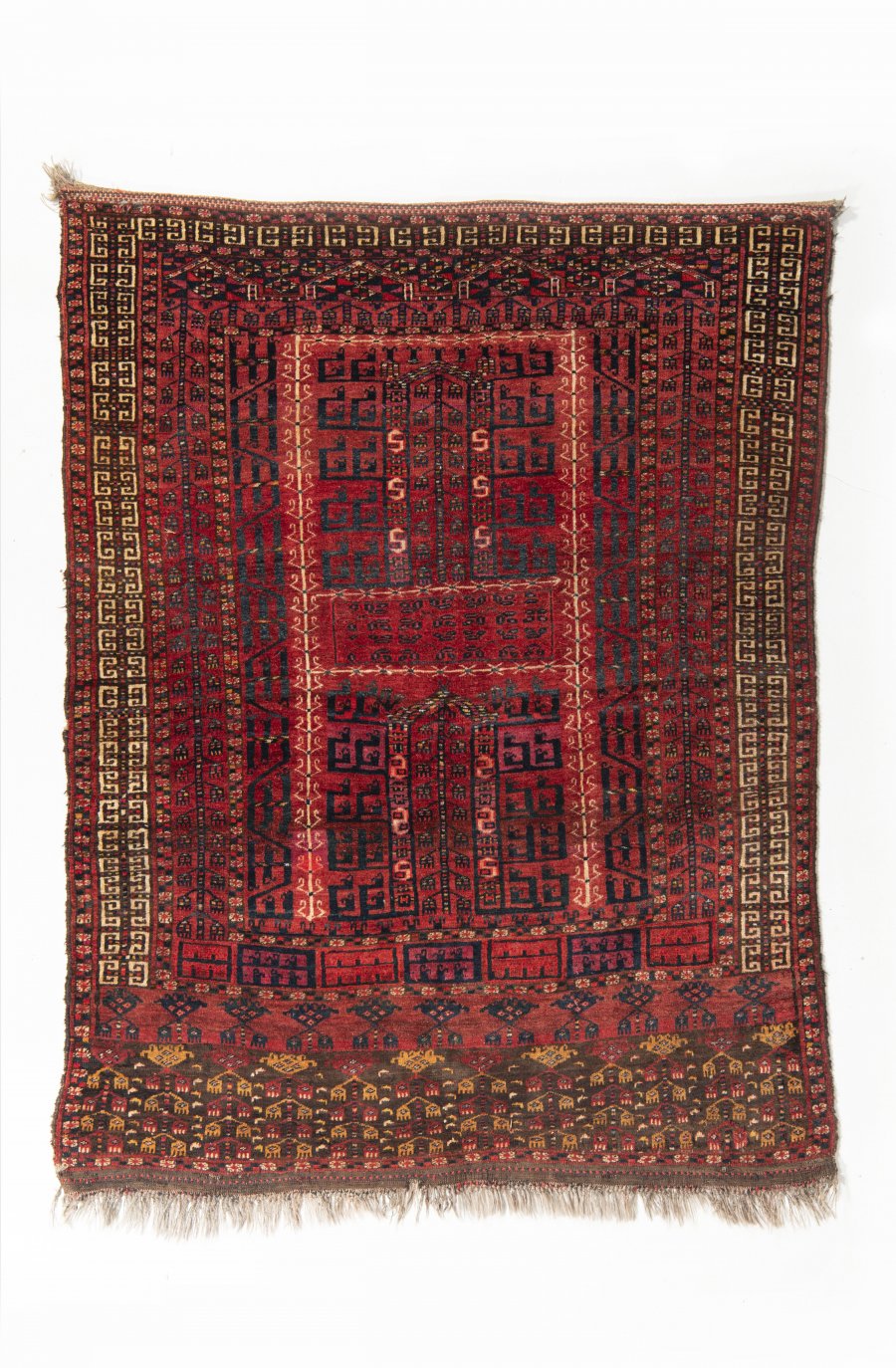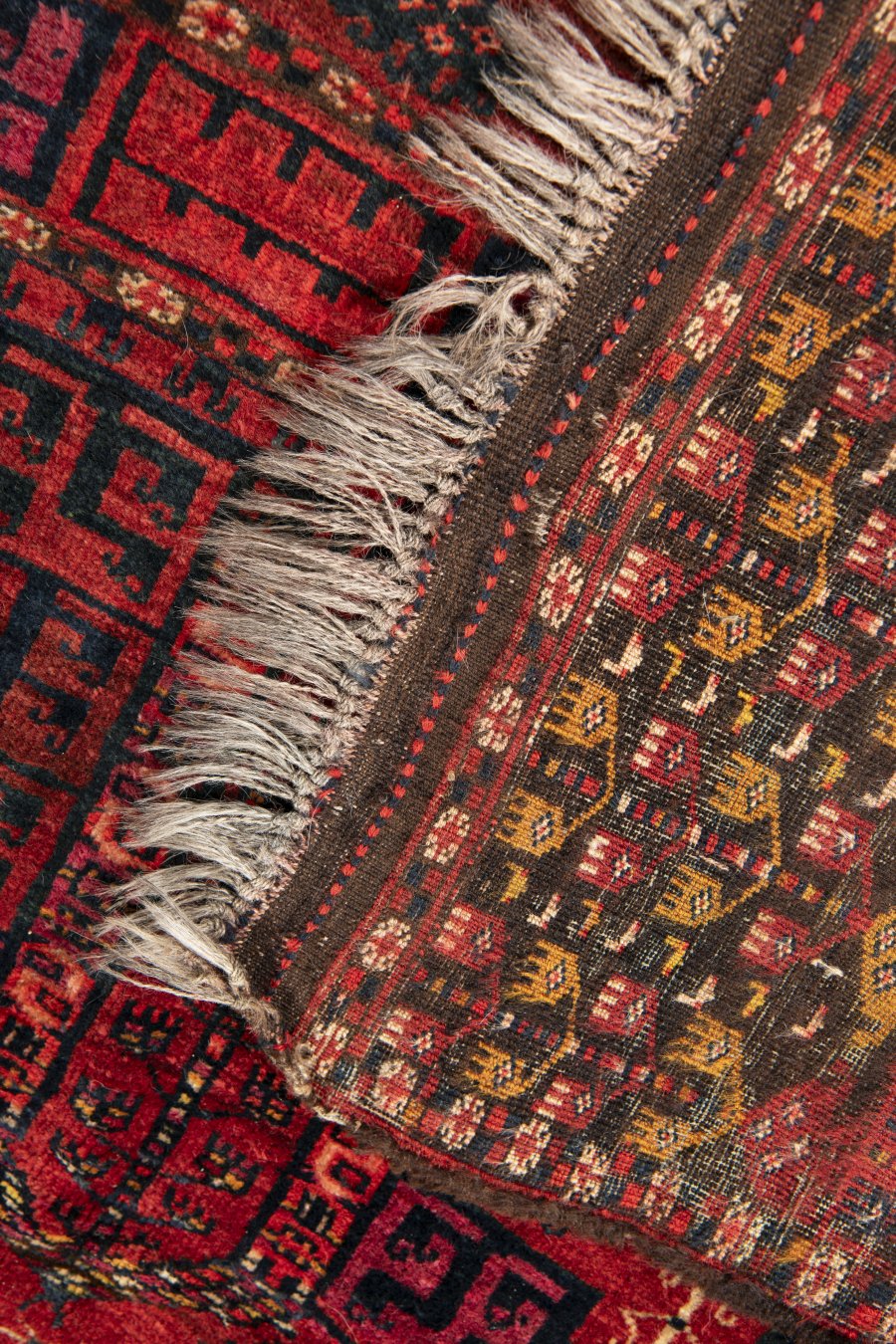Lot 73
SARYK ENGSI RUG
um 1960
161 x 127 cm (h x b)
| 417 EUR
| 417 EUR
Hand knotted wool carpet on woolen warp made of goat hair. The so-called 'engsi', originally designed to cover the entrance to a circular yurt (or kibitka), has changed only minimally over the centuries and is characterised by a mostly strictly geometric iconography, which allows us to distinguish between makers from different tribal groups and subgroups. In the middle of our specimen, typical in design and colour for the Saryk tribe, the first thing that catches the eye are the so-called 'candlesticks' in the colour of dark indigo - these elements are called 'insi kuš' in tribal symbolism and represent stylised birds, an imaginary link between heaven and earth in Turkmen cosmology. The central composition, called the 'hachla', is a broad cross, but here it is interrupted and only vaguely indicated, and its meaning is to protect the dwelling from the so-called 'evil eye', or misfortune and malice. This specimen was very likely made for export to Tsarist Russia, as evidenced by, among other things, the mix of synthetic and natural dyes, and according to Tsarist records, as early as the end of the 19th century, the Russian Empire was already using a mix of synthetic and natural dyes. In the early 19th century, about two thirds of Turkmen production was made for the rich and exotic Russian elite (many magnificent older tribal specimens were unfortunately destroyed shortly after the Bolshevik Revolution in 1917, also during the siege of Leningrad during World War II, etc.). The highly geometric motifs throughout the carpet design include stylised flowers, trees and good luck charms, but many of the elements and their original meaning are still the subject of scholarly debate and have been reinterpreted since the 19th century. The Pende Oasis lies just a short distance from the Afghan border and in 1885 the Tsarist troops defeated the Afghan army led by British instructors and Turkmenistan remained in the Russian zone of influence.
Andere Auktionsgegenstände
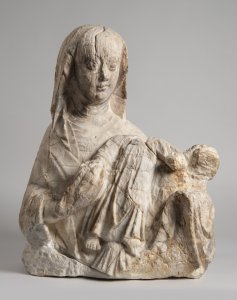
Lot 1 LATE GOTHIC MADONNA WITH CHILD
Rufpreis28 000 CZK | 1 167 EUR
Erzielter Preis
120 000 CZK | 5 000 EUR
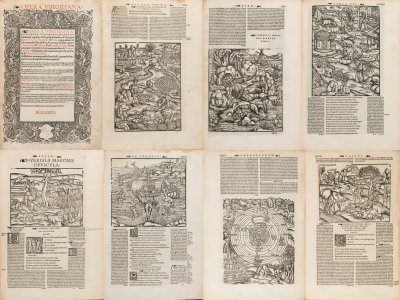
Lot 2 OPERA VIRGILIANA
Rufpreis48 000 CZK | 2 000 EUR

Lot 3 DIANA, BACCHUS AND FLORA
Rufpreis380 000 CZK | 15 833 EUR
Erzielter Preis
380 000 CZK | 15 833 EUR
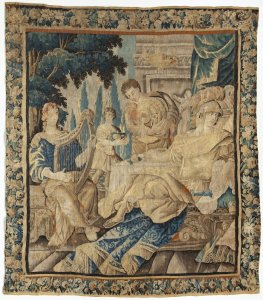
Lot 4 SCENE FROM THE BANQUET OF DIDO AND AENEAS
Rufpreis65 000 CZK | 2 708 EUR
Erzielter Preis
85 000 CZK | 3 542 EUR
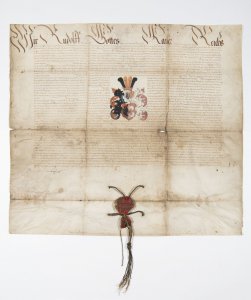
Lot 5 NOBILITATION GRANTED BY RUDOLF II.
Rufpreis80 000 CZK | 3 333 EUR
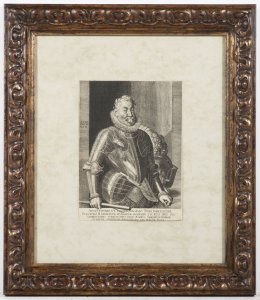
Lot 6 PORTRAIT OF RUDOLF II.
Rufpreis25 000 CZK | 1 042 EUR
Erzielter Preis
40 000 CZK | 1 667 EUR
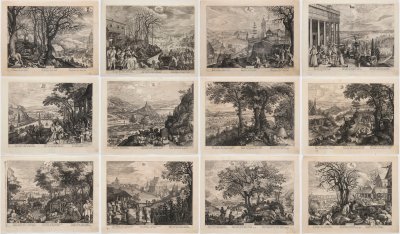
Lot 7 TWELVE MONTHS CYCLE
Rufpreis55 000 CZK | 2 292 EUR
Erzielter Preis
95 000 CZK | 3 958 EUR

Lot 8 A LARGE VIEW OF PRAGUE
Rufpreis45 000 CZK | 1 875 EUR
Erzielter Preis
65 000 CZK | 2 708 EUR

Lot 9 PAIR OF BAROQUE CARRIERS
Rufpreis180 000 CZK | 7 500 EUR
Erzielter Preis
200 000 CZK | 8 333 EUR
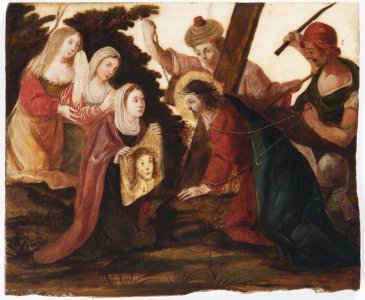
Lot 10 CHRIST AND VERONICA
Rufpreis28 000 CZK | 1 167 EUR
Erzielter Preis
28 000 CZK | 1 167 EUR
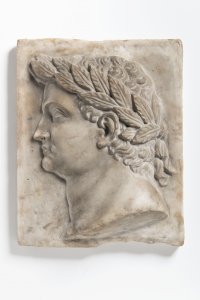
Lot 11 RENAISSANCE PORTRAIT OF THE ROMAN EMPEROR
Rufpreis16 000 CZK | 667 EUR
Erzielter Preis
21 000 CZK | 875 EUR
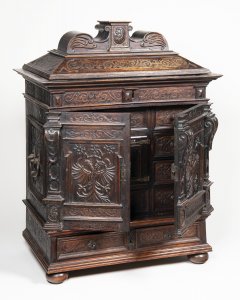
Lot 12 LATE MANNERIST CABINET
Rufpreis35 000 CZK | 1 458 EUR
Erzielter Preis
70 000 CZK | 2 917 EUR

